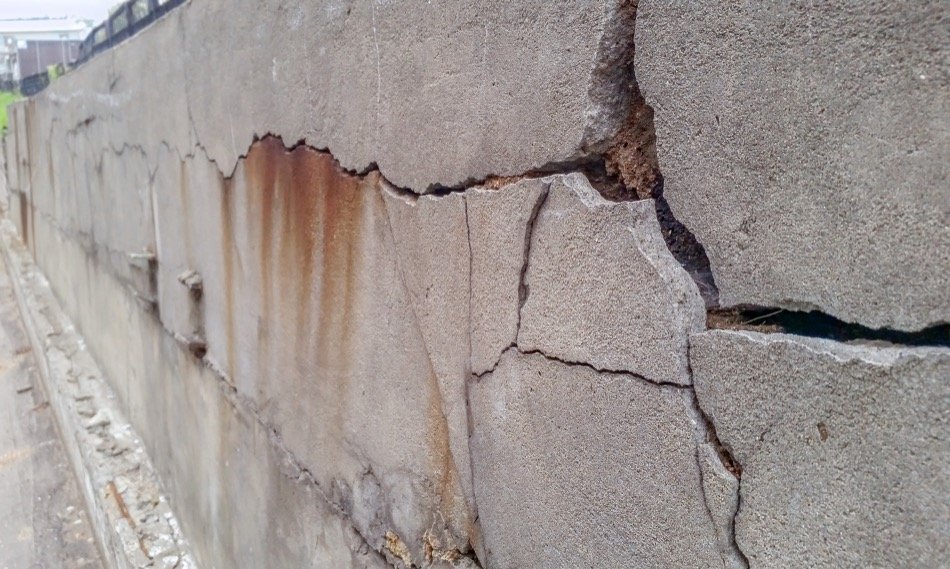Table of Contents
Foundations are one essential part of any structure. They support the entire weight of the building and keep it level and stable. Without a strong foundation, buildings would crumble and collapse. There are two main types of foundations: shallow and deep. Shallow foundations are typically only a few feet deep and are used for smaller structures. Deep foundations are much deeper, often extending dozens of feet below the ground’s surface. They are used for taller buildings and structures that experience a lot of stress, such as high-rise office towers.
One of the most common problems that can occur with foundations is settlements. This happens when the ground beneath the foundation shifts and settles. This can happen for various reasons, such as poor drainage, compacted soil, or even changes in the water table. When this happens, it can cause cracks in the foundation and damage the structure. In severe cases, it can even cause the foundation to collapse. Another common problem that can occur is rain damage. This happens when water seeps into the foundation and causes the soil to expand. This can put a lot of pressure on the foundation and cause it to crack. Below, Seepageseal has highlighted a few things that you can do to prevent these problems from happening.
Have a good drainage system
Water is the biggest enemy of your foundation. When water seeps into the soil around your foundation, it can cause the soil to expand and put pressure on your foundation walls. This can lead to cracks, leaks, and even collapse. That’s why it’s so important to have a good drainage system in place.
By directing water away from your foundation, you can help prevent damage. Another way to ensure your drainage system is working properly is to have it inspected regularly. This will allow you to catch any problems early and fix them before they cause serious damage.
Inspect your gutters and downspouts
Gutters and downspouts are an essential part of your drainage system. They help to direct water away from your foundation. If they are not functioning correctly, water can overflow and seep into the soil around your foundation. This can lead to damage. That’s why it’s crucial to inspect your gutters and downspouts regularly and ensure they are clear of debris. Ensure that your gutters are sloped properly so that water flows away from your foundation.
Check for leaks and cracks
Be sure to check your home’s interior and exterior for any cracks or leaks. These can be caused by settling, but they can also be caused by other issues, such as poor drainage around the foundation or leaking pipes. If you do find any cracks, it’s vital to have them repaired as soon as possible to prevent further damage. Cracks can allow water to seep into your home and cause serious damage. That is why it is always best to consult a professional if you are unsure how to repair a crack properly. When it comes to safeguarding your home, one of the key concerns is the crack in foundation wall. This vulnerable point can become an entryway for water during heavy rains, potentially leading to structural issues and interior damage. Addressing this concern promptly is essential.
Have your foundation inspected
Having your foundation inspected by a professional every few years is a good idea. They will be able to check for any problems and ensure that your foundation is in good condition. This can help to prevent minor issues from becoming major problems. The inspection also allows you to catch problems early and have them repaired before they cause significant damage.
By being proactive and addressing cracks and other signs of foundation issues promptly, you can protect your investment and maintain the structural integrity of your home. Regular inspections by professionals can provide you with the peace of mind that your foundation is in good condition. So don’t wait until a small crack becomes a big problem; take action and ensure the longevity of your home’s foundation.
Landscape your land
One of the best ways to prevent foundation problems is to landscape your land in a way that directs water away from your foundation. This can be done in several ways, including:
Building a retaining wall: A retaining wall can effectively direct water away from your foundation.
Installing a French drain: This is a trench full of gravel with a perforated pipe running through it. The pipe drains water off your foundation.
Building a berm: A berm is a mound of earth built around your foundation. This will help to direct water away from your home.
Planting trees and shrubs: Planting trees and shrubs around your foundation can help to absorb some of the water that would otherwise pool around your home.
What if the damage has already occurred?
If you already have damage to your foundation, it’s essential to act quickly. The longer you wait, the worse the damage will become. Foundation damage can cause your home to become unstable and even collapse. That’s why it’s essential to have any damage repaired as soon as possible by a professional.
The best course of action is to contact a foundation repair specialist. They can assess the damage and determine the best way to repair it. Sometimes, they may recommend a simple fix, such as filling in cracks or re-sloping the land around your home. In other cases, they may recommend more extensive repairs, such as underpinning or replacing your foundation.
Water is the biggest enemy of your foundation. By taking some simple precautions, you can help to prevent rain damage and settlement problems. Be sure to have a good drainage system, inspect your gutters and downspouts regularly, check for leaks and cracks, have your foundation inspected periodically, and landscape your land in a way that directs water away from your foundation.

